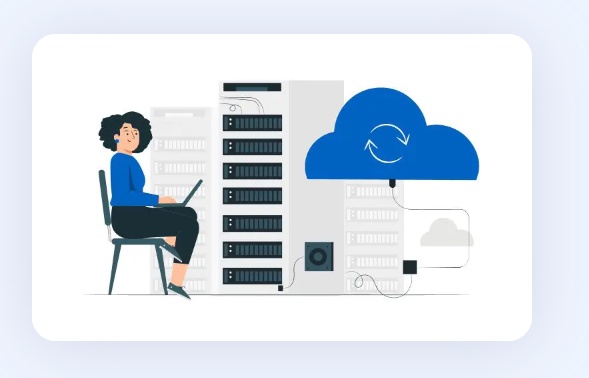In today's fast-paced digital landscape, the need to adapt and evolve is paramount. For businesses relying on outdated legacy applications, this means embracing change and transitioning towards modern solutions. Let's delve into the transformative process of migrating legacy applications, unlocking their full potential for enhanced efficiency and competitiveness.
Understanding Legacy Applications: Bridging Past and Future
Legacy applications, while once innovative, now pose challenges in terms of performance, scalability, and security. These aging systems, often built on outdated technologies, hinder agility and hinder the ability to meet evolving business demands. However, they also house valuable data and functionalities accumulated over years of operation.
The Imperative of Migration: Embracing Change
To remain competitive in today's dynamic market, businesses must embark on the journey of migrating legacy applications. This entails the strategic overhaul of existing systems, leveraging modern technologies and architectures to ensure optimal performance and functionality. By embracing change, organizations can unlock new opportunities for growth and innovation.
Benefits of Modernization: Driving Business Success
Modernizing legacy applications yields a plethora of benefits, ranging from enhanced performance to reduced operational costs. By migrating to cloud-based platforms, businesses can achieve greater scalability and flexibility, enabling seamless adaptation to fluctuating demands. Moreover, modern architectures facilitate integration with cutting-edge technologies such as artificial intelligence and machine learning, empowering organizations to glean actionable insights from their data.
Navigating the Migration Process: A Strategic Approach
Successful migration requires careful planning and execution. It begins with a comprehensive assessment of existing systems, identifying areas for improvement and potential challenges. Next, a roadmap is crafted outlining the migration strategy, including timelines, resource allocation, and risk mitigation strategies. Throughout the process, open communication and collaboration among stakeholders are essential to ensure alignment and address any issues that may arise.
Ensuring Seamless Transition: Mitigating Risks
While migration presents opportunities for innovation, it also entails risks such as data loss, downtime, and compatibility issues. To mitigate these risks, thorough testing and validation are conducted at each stage of the migration process. This includes performance testing, security assessments, and user acceptance testing to ensure the new system meets the desired requirements and expectations.
Embracing the Future: Continual Improvement
Migrating legacy applications is not a one-time event but rather a continual journey of improvement and adaptation. By embracing a culture of innovation and agility, businesses can stay ahead of the curve and leverage emerging technologies to drive sustainable growth and success.
Conclusion: Embrace Change, Unlock Potential
In conclusion, migrating legacy applications is essential for businesses looking to thrive in today's digital age. By embracing change and leveraging modern technologies, organizations can unlock the full potential of their systems, driving efficiency, innovation, and competitiveness. With careful planning, strategic execution, and a commitment to continual improvement, the journey of migration promises a brighter future for businesses of all sizes and industries.


No comments yet